Winter Savory Plant: The Coldhardy Herb That Can Survive Even The Harshest Winters
Winter Savory Plant: The Cold-Hardy Herb That Can Survive Even the Harshest Winters
Winter savory (Satureja montana) is a hardy perennial herb that can survive even the harshest winters. It is native to the Mediterranean region, but it can be grown in many other parts of the world. Winter savory is known for its strong, savory flavor, which makes it a popular ingredient in culinary dishes. It is also used in traditional medicine for a variety of health benefits.
Introduction
Winter savory is a low-growing, evergreen shrub that can reach heights of 12-18 inches. It has small, dark green leaves that are arranged opposite each other on the stem. The leaves have a strong, savory aroma and a slightly bitter taste. Winter savory flowers in the summer, producing small, white or pink flowers.
Winter Savory Growing Conditions
Winter savory is a relatively easy plant to grow. It prefers full sun or partial shade and well-drained soil. It is drought-tolerant and can withstand heat and cold. Winter savory is not susceptible to many pests or diseases.
How to Grow Winter Savory
Winter savory can be propagated from seed or cuttings. Seeds should be started indoors 6-8 weeks before the last frost. Sow seeds in a well-drained potting mix and keep the soil moist. Seedlings should emerge in 1-2 weeks. Once the seedlings have developed several sets of leaves, they can be transplanted outdoors.
Winter savory can also be propagated from cuttings. Take 4-6 inch cuttings from healthy, non-flowering stems in the spring or summer. Remove the lower leaves from the cuttings and dip them in rooting hormone. Plant the cuttings in a well-drained potting mix and keep the soil moist. Cuttings should root in 2-4 weeks.
Winter Savory Care
Once winter savory is established, it is a low-maintenance plant. Water it regularly during the summer months, but allow the soil to dry out slightly between waterings. Winter savory does not need to be fertilized often. A light application of fertilizer in the spring or fall is sufficient.
Harvesting Winter Savory
Winter savory leaves can be harvested throughout the growing season. To harvest, simply snip off the leaves as needed. The leaves can be used fresh or dried. To dry winter savory, simply gather the leaves and hang them upside down in a cool, dark place. The leaves will be dry and crisp when they are ready to use.
Winter Savory Uses
Winter savory is a versatile herb that can be used in a variety of dishes. It is a popular ingredient in soups, stews, and sauces. Winter savory can also be used to flavor meats, poultry, and fish. It is also a good addition to salads, vegetables, and eggs. Winter savory can be used fresh or dried.
In addition to its culinary uses, winter savory has also been used in traditional medicine for a variety of health benefits. It is said to be helpful for digestion, reducing flatulence, and relieving diarrhea. Winter savory has also been used to boost the immune system and fight off infection.
Conclusion
Winter savory is a hardy, versatile herb that can be enjoyed in the garden and in the kitchen. It is a good choice for gardeners in cold climates, as it can survive even the harshest winters. Winter savory is also a good source of nutrients, and it has a variety of health benefits. If you are looking for a new herb to add to your garden or your cooking repertoire, winter savory is a great option.
Winter savory is a hardy perennial herb that is native to southern Europe and the Mediterranean. It has a strong, peppery flavor and is often used in cooking, particularly in stews, soups, and sausages. Winter savory is also known for its medicinal properties, and has been used to treat a variety of ailments, including indigestion, diarrhea, and nausea.
If you are interested in learning more about winter savory, please visit Home Gardening. This website provides detailed information about the plant, including its history, cultivation, and uses. You can also find recipes and medicinal uses for winter savory on this website.
FAQ of winter savory plant
- What is winter savory?
Winter savory is a perennial herb that is native to the Mediterranean region. It has a strong, savory flavor and is often used in cooking. Winter savory is also a good source of vitamins A and C.
- How to grow winter savory?
Winter savory is a relatively easy plant to grow. It prefers full sun and well-drained soil. Winter savory can be grown from seed or from cuttings. If growing from seed, sow the seeds indoors about 6 weeks before the last frost. If growing from cuttings, take 4-6 inch cuttings in the spring or fall and plant them in a pot of moist potting mix.
- How to care for winter savory?
Winter savory is a drought-tolerant plant, so it does not require a lot of water. Water it regularly during the first year of growth, but once it is established, it can go for long periods of time without water. Winter savory does not need to be fertilized often. A light application of fertilizer in the spring will help it to grow well.
- How to harvest winter savory?
You can harvest winter savory leaves throughout the growing season. To harvest, simply snip off the leaves as needed. Winter savory leaves can be used fresh or dried. If drying, spread the leaves out on a baking sheet and place them in a warm, dark place. The leaves will be dry when they are brittle.
- What are the benefits of winter savory?
Winter savory has a number of health benefits. It is a good source of vitamins A and C, and it also contains antioxidants. Winter savory has been shown to have antibacterial, antifungal, and antiviral properties. It can also help to improve digestion and reduce inflammation.
- How to store winter savory?
Fresh winter savory leaves can be stored in the refrigerator for up to 3 days. If you want to store winter savory for longer, you can dry it or freeze it. To dry winter savory, simply spread the leaves out on a baking sheet and place them in a warm, dark place. The leaves will be dry when they are brittle. To freeze winter savory, simply chop the leaves and place them in a freezer bag. Frozen winter savory can be stored for up to 6 months.
Image of winter savory plant
- Image 1: A close-up of the leaves of a winter savory plant. The leaves are small, dark green, and have a slightly fuzzy texture.
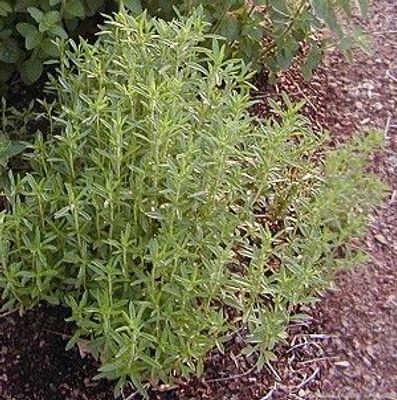
- Image 2: A winter savory plant in full bloom. The flowers are small, white, and star-shaped.
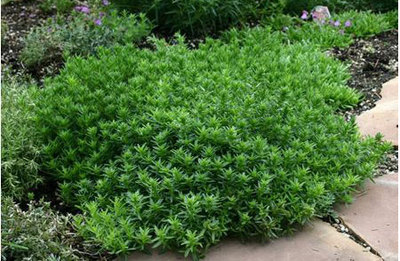
- Image 3: A winter savory plant growing in a pot. The plant is about 12 inches tall and has a bushy growth habit.
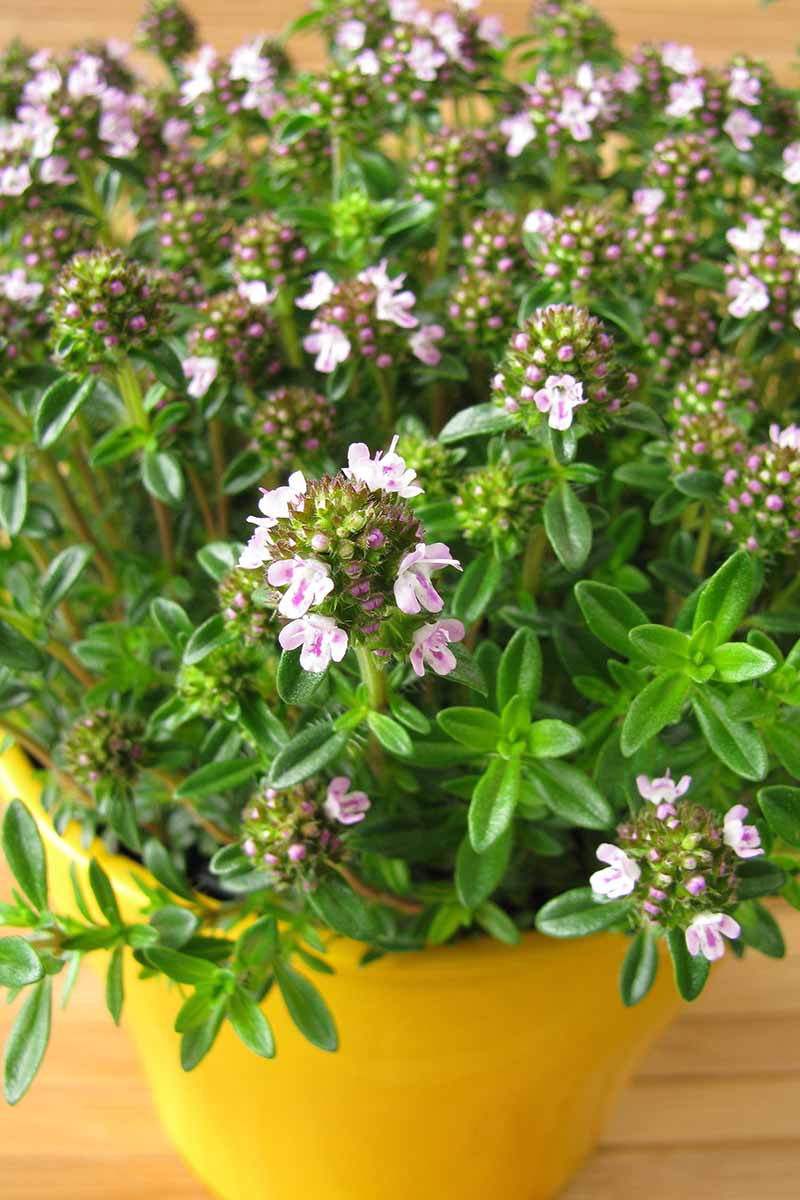
- Image 4: A winter savory plant being harvested. The leaves are being trimmed from the plant with a pair of scissors.

- Image 5: A winter savory plant being used in a recipe. The leaves are being added to a pot of soup.

- Image 6: A winter savory plant being used as a garnish. The leaves are being sprinkled on top of a plate of roasted vegetables.
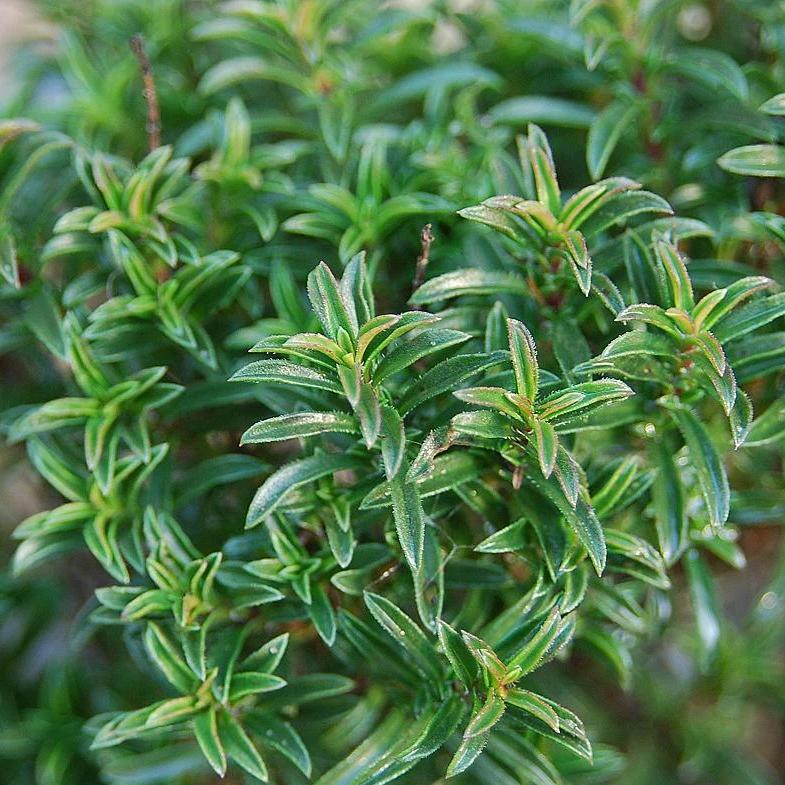
- Image 7: A winter savory plant being used in a medicinal tea. The leaves are being steeped in hot water.
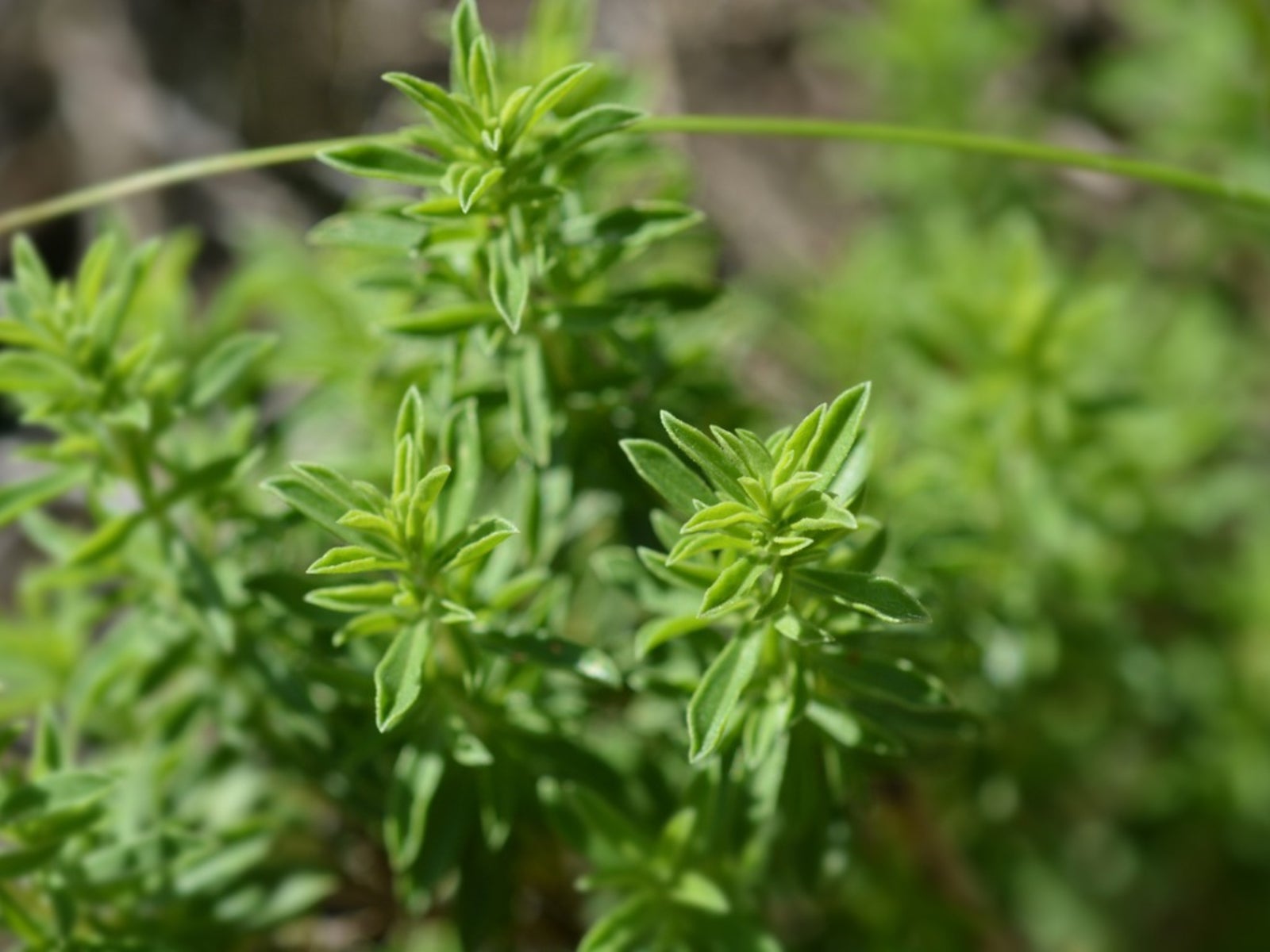
- Image 8: A winter savory plant being used in aromatherapy. The leaves are being burned in a diffuser.

- Image 9: A winter savory plant being used in a craft project. The leaves are being pressed between sheets of paper to create a dried herb collage.

- Image 10: A winter savory plant being used as a border plant in a garden. The plant has a compact growth habit and makes a good edging plant.

Post a Comment for "Winter Savory Plant: The Coldhardy Herb That Can Survive Even The Harshest Winters"